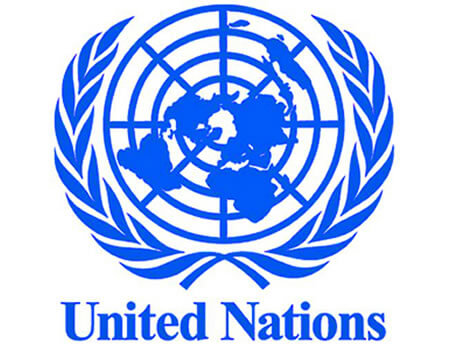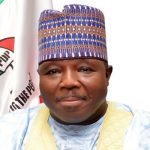The United Nations has identified 3.5 million acres of recoverable land area for restoration in the 11 frontline states in its programme and project targeted at combating desertification in northern Nigeria.
Dr Oluseyi Fabiyi, from the Food and Agriculture Organisation of the United Nations (FAO) said this at a capacity Training Workshop on Opportunity Mapping for Improved Decision Making and Monitoring of GGW Programmes/Projects to international best Practices for Ecosystem-Based Disaster Risk Reduction (ECO DDR) in Abuja.
He said the mapping of the areas has yielded some improvement in its various interventions aimed at revitalising the desert areas of the 11 states of Adamawa, Bauchi, Borno, Gombe, Jigawa Kano Katsina Kebbi, Sokoto Yobe and Zamfara.
He said the opportunity mapping was important to ascertain specific areas of coverage and monitoring to measure progress as he demonstrated this to the participant at the training session.
No less than 23 field officers and stakeholders on the restoration of the National Great Green Wall from across the 11 frontline states, assembled in Abuja for the three-day training on the Geographic Information System (GIS), to improve decision making on projects and programmes.
ALSO READ FROM NIGERIAN TRIBUNE
- (BREAKING): Atiku Is PDP’s Presidential Candidate
- Primaries: Oshiomhole, Daniel, Yari, Bamidele, Others Win APC NASS Tickets; Akpanudoedehe Loses Guber Bid In Akwa Ibom
Minister of Environment, Mohammed Abdullahi, who declared the workshop open, tasked the field officers and stakeholders to ensure that they acquaint themselves with the new technology critical to their national assignments.
He noted that GIS technology plays a vital role in decision making due to its accuracy on data generated from mapping field areas which have direct relevance to their task.
He told the field officers ‘to Learn about UNEP’s’ ‘Opportunity mapping model’ for improved data collection, monitoring and GlS-based data sets which are being made available to NAGGW, which may be replicated and also improved in other GGW countries;
“Learn from international best practices for improved data sharing on land use, land cover, population, ecosystems and more;
“Discuss opportunities for collaboration with international organizations, Universities for continued capacity-building opportunities,”
Mohammed said the benefit of the workshop was that it would build capacities of the NAGGW to establish a model for improved data collection, monitoring and ultimately better decision-making in assessing priorities for programme activities.
“It has introduced international best practices on ecosystem-based disaster risk reduction and adaptation to enhance programme implementation of the Nigerian Great Green Wall with a focus on restoring and rehabilitating degraded ecosystems.
Director-General, National Agency for the Great Green Wall (NAGGW), Dr Yusuf Maina Bukar, who was represented by the Director (PPC), Habiba Ibrahim, said the agency targets to rehabilitate degraded land by establishing 13,000km of shelterbelt, 250,000Ha of woodlots, and 250,000Ha of community orchards, so as to boost agricultural production and to improve the livelihoods of about 20 million people by 2030.
According to him training such as this would enhance the capacity of the agency to tackle the challenge of desertification as it related to skills for mapping, tracking and monitoring.
How Workplace Sexual Harassment Forces Many Out Of Their Dream Jobs
UN ascertains 3.5 million recoverable land areas under great green wall initiative
Marburg Virus: What You Need To Know About Disease Recently Detected In West Africa
UN ascertains 3.5 million recoverable land areas under great green wall initiative






